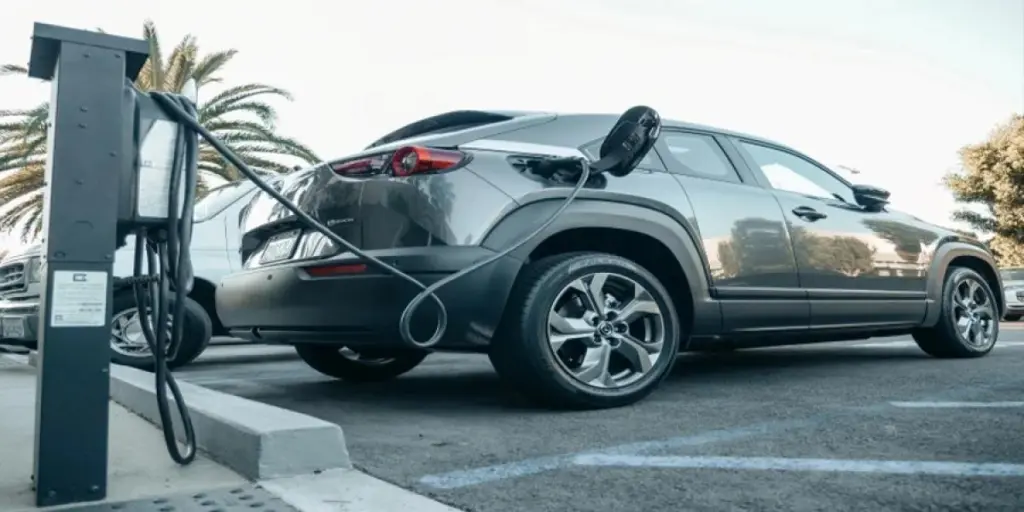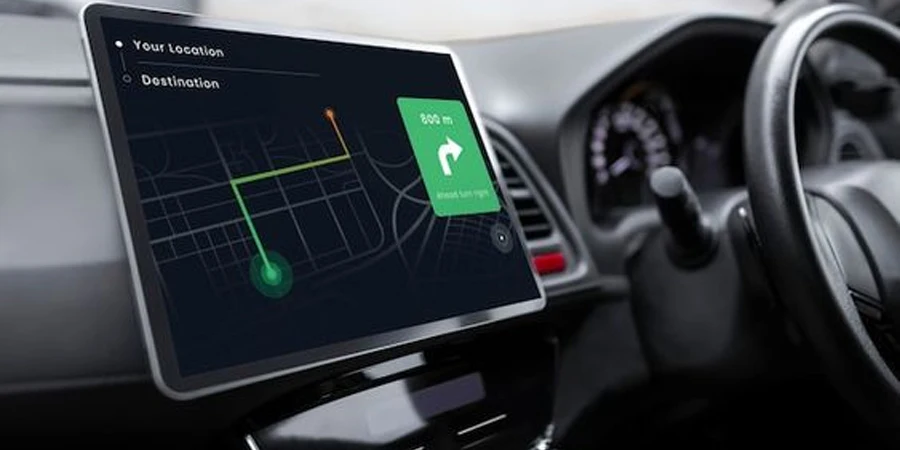In 2021, the global EV market was valued at USD 287.36 billion. It is projected to grow at a CAGR of 24.3% from 2021 to 2028, reaching USD 1,318.22 billion. This rapid growth rate that has led to increased EV sales and a stronger desire for zero emissions has also led to a global increase in demand for EV chargers. According to the Department of Energy, electronic vehicle sales increased by 85% from 2020 to 2021, leading to the soaring demand for EV charging stations and chargers.
Table of Contents
Introduction to the EV charger industry
Major trends in the EV charger industry: Home EV chargers
Target customers
Final takeaway
Introduction to the EV charger industry
Access to charging stations is a major determinant in new energy vehicle purchasing decisions. Customers consider access to charging stations at home, work, fleet facilities, or other public destinations. As a result, there has been an increase in demand for EV chargers to create flexible charging opportunities.
Market size and potential of EV chargers
The EV industry has been rapidly growing in recent years, as reflected by increased sales of electronic vehicles worldwide. This growth has significantly contributed to the subsequent development of the EV charging station market size, which is projected to grow from USD 17.59 billion in 2021 to USD 111.90 billion in 2028, showing a CAGR of 30.26%.
Factors driving demand for EV chargers
1. Increased global demand for new energy vehicles
Recent years have seen an increase in EV sales and production worldwide. The increasing stock has propelled market growth for EV chargers due to the growing demand for charging stations and established power grids to facilitate the smooth running of the vehicles.
2. Government funding to develop charging stations
Most governments are offering incentives to facilitate the development of EV charging infrastructure, including subsidies, rebates, tax exemptions, and fixed quotas. These government-sponsored initiatives have led to market growth and influenced customer purchasing decisions.
Major trends in the EV charger industry: Home EV chargers
Increased adoption of home EV chargers
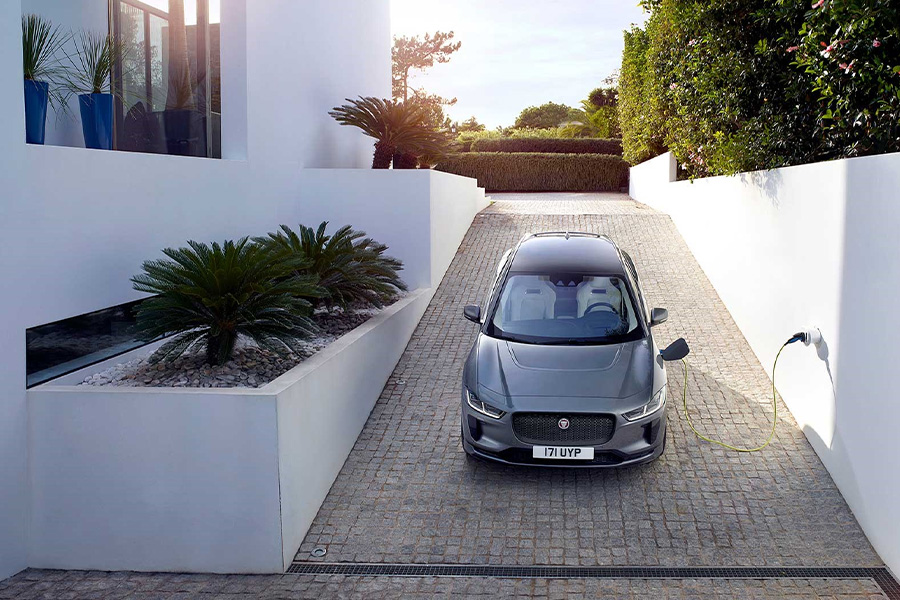
While public charging stations are the most dominant, home EV chargers are increasingly becoming popular. EV owners understand that owning EV charges allows them to recharge at their own schedules and take advantage of the best electric rates, such as low rates in off-peak hours.
Growth of peer-to-peer (P2P) EV charging
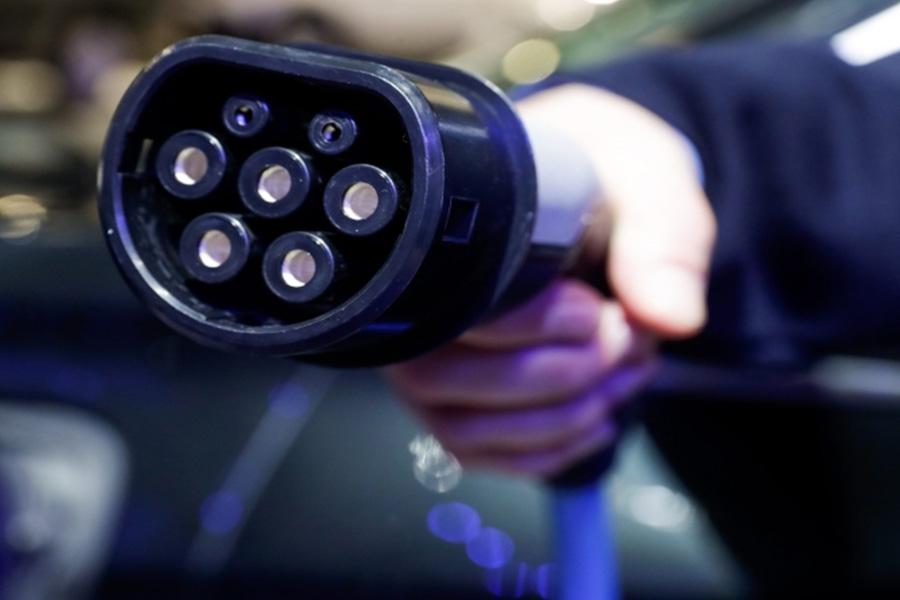
Under the P2P EV charging networks, individual EV owners are sharing EV chargers through blockchain-based applications when not in use. This emerging strategy is helping overcome the lack of charging infrastructure by allowing private EV charger owners to increase their access to the public.
Fleet electrification
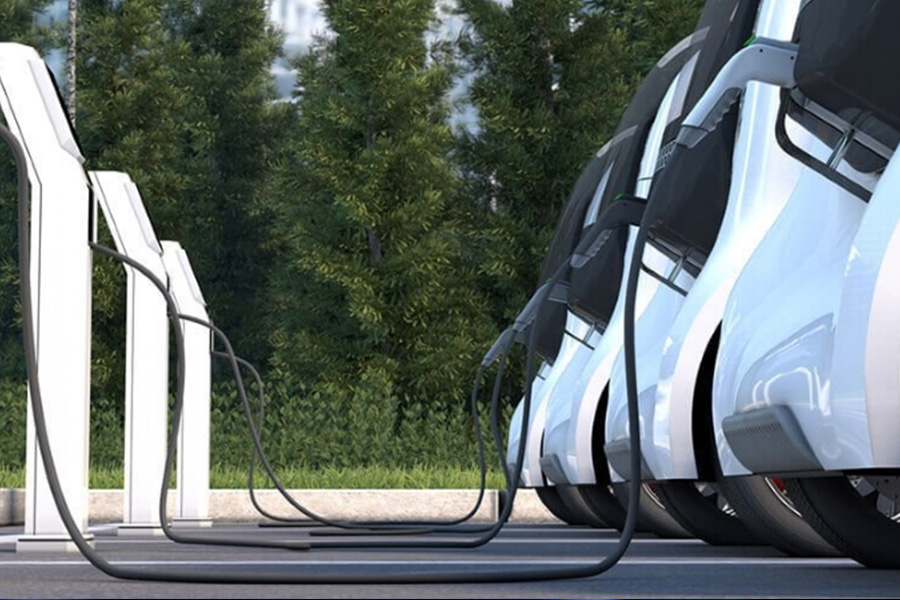
Electrification of the fleet is creating a booming market for EV chargers. Currently, there are almost 20 million passenger EVs and more than 1.3 million commercial EVs on the road, including buses, delivery vans, and heavy-duty trucks. In May 2022, a total of 699,708 new passenger plug-in electric cars were registered, an increase of 55% compared to 2021. Maintaining this fast fleet electrification rate will demand increased investments in charging infrastructure, consequently increasing demand for EV chargers.
Governments’ funding and incentives to transition to EVs
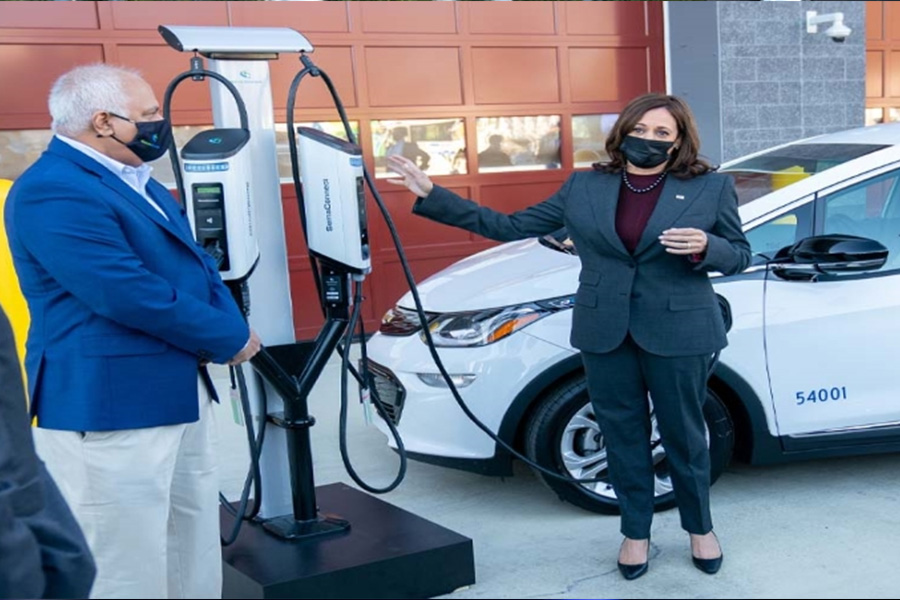
Government incentives and regulations are eliminating barriers hindering EV adoption, such as purchasing and maintenance costs and the development of infrastructure. Examples of incentives include subsidies and tax credits to encourage the transition from ICEs to EVs, thus increasing demand and production of new energy vehicles and consequently creating a market for EV chargers.
For example, the Biden Administration has approved a USD 5 billion bipartisan infrastructure bill to support charging infrastructure projects across all states in the US, the District of Columbia, and Puerto Rico. Each state now has access to USD 1.5 billion of funding to build electric vehicle chargers. Similarly, the Chinese government has provided subsidies since 2009 to encourage EV purchases, spending more than RMB 200 billion on EV subsidies, with local governments devoting supplementary funding of RMB 100 billion.
Transition to higher silicon-based anode for EV batteries

Despite the increasing demand for EVs worldwide, battery manufacturers have been struggling to enhance the performance of the materials used in EV batteries. Specifically, there has been a major concern about the speed at which an EV charges.
The graphite-based materials are dominantly used for anode manufacturing. However, manufacturers have been increasing the use of silicon in the anode material to increase energy density and reduce charging time. Silicon-based anode increases energy density by 25%, thus extending the driving range per charge and accelerating demand for higher-performing EVs in the market.
Target customers
Target customers for EV chargers can be categorized through two broad aspects; application and region.
By application
The residential market segment is projected to dominate the EV chargers market. This dominance is attributed to the growing EV sales and the increased development of charging infrastructure. More private EV owners can access chargers through home ownership, P2P networks, and public charging stations. The commercial market segment is projected to grow rapidly due to increased government funding.
By region
Although EVs are increasingly becoming popular worldwide, some regions adopt them faster than others. The Asia Pacific region currently dominates the global EV charging market and is projected to hold this position from 2021 to 2028. China’s large-scale growth of EV charging infrastructure, investments, and demand for affordable EVs for daily use are major contributing factors.
The presence of key markets in Europe makes it the second-largest market for EV charging innovations. Shared mobility, the development of autonomous vehicles, and consumer adoption of EVs across the region are major driving factors in this region. Similarly, strict government regulations on emissions, funding, and incentives, as well as fast adoption of emerging technologies and innovations, are expected to drive the rapid growth of the EV chargers market in North America, making it the third-largest market.
Final takeaway
Increased purchases of new energy vehicles, government funding, and demand for flexible charging are the key driving factors for the demand for EV chargers. The market size and potential are projected to grow, indicating that businesses can leverage the opportunities by increasing consumer access to EV chargers.
